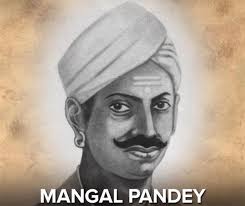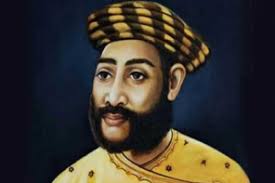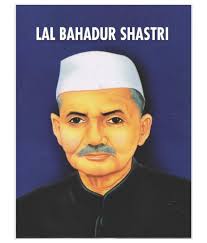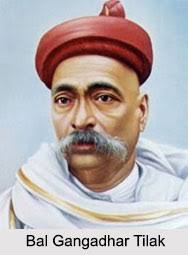Bakht Khan

Bakht Kahn Bakht Khan was the commander in chief of Rebellion 1857 against British for freedom. He was born in Rohikhand on 1797 and later became a subedar in the army of East India company. The Rebellion began on May 10 - 1857 in the Garrison town of Meerut 40 miles north east of Delhi. The Rebellion posed a considerable threat to British power in that region the rebels defeat in Gwalior on 1 November 1858 the British granted amnesty to all rebels. Then the Indian rebellion was fed by resentment that had emerged against elements of British rule. Many Indians did rise against British but many others fought for the British and the mejority remaining complaint the British rule. The cities of Delhi and Lucknow were laid waste in the fighting the British. When Bakht Khan heard of the Rebellion in Meerut he decided to march to Delhi to support Moghul emperor Bahadur Shah Jafars army. But some incidents happened at that time Bakht Kahn arrived in Delhi on July 1857 with his forces.














